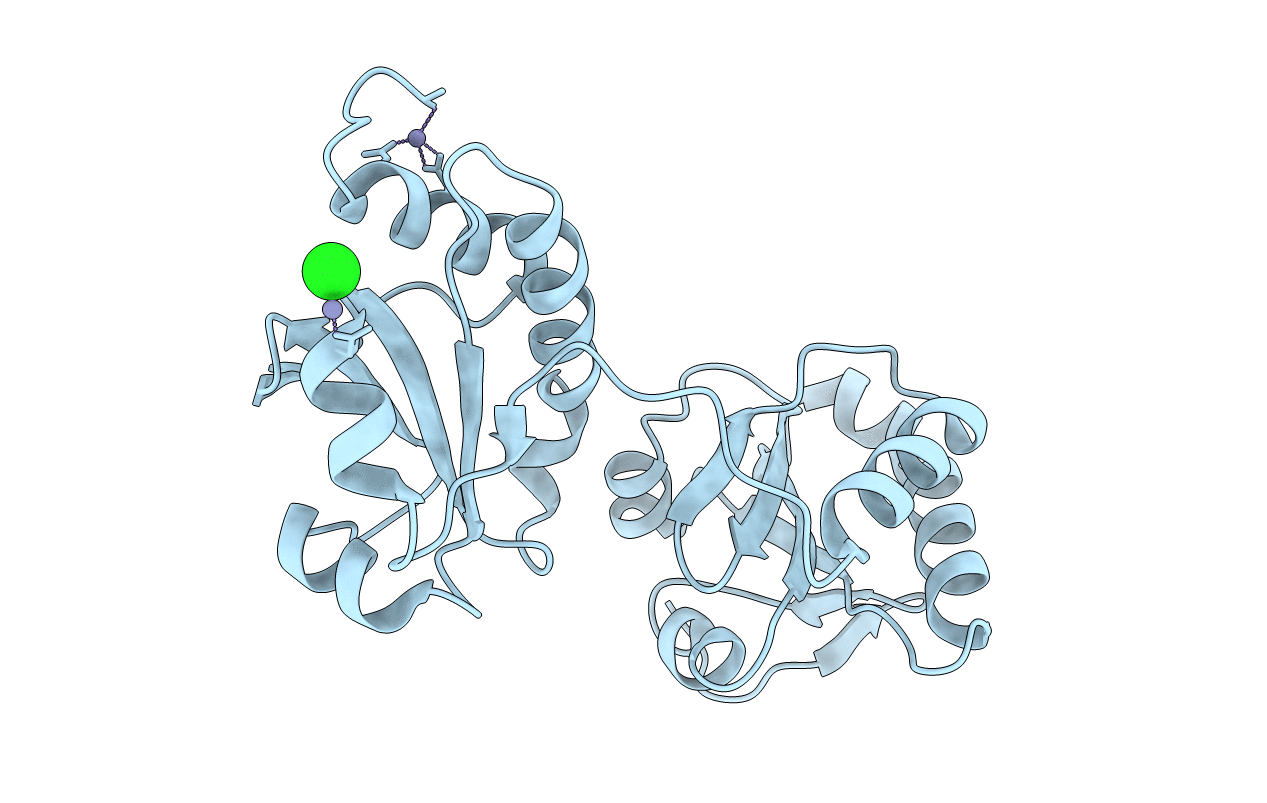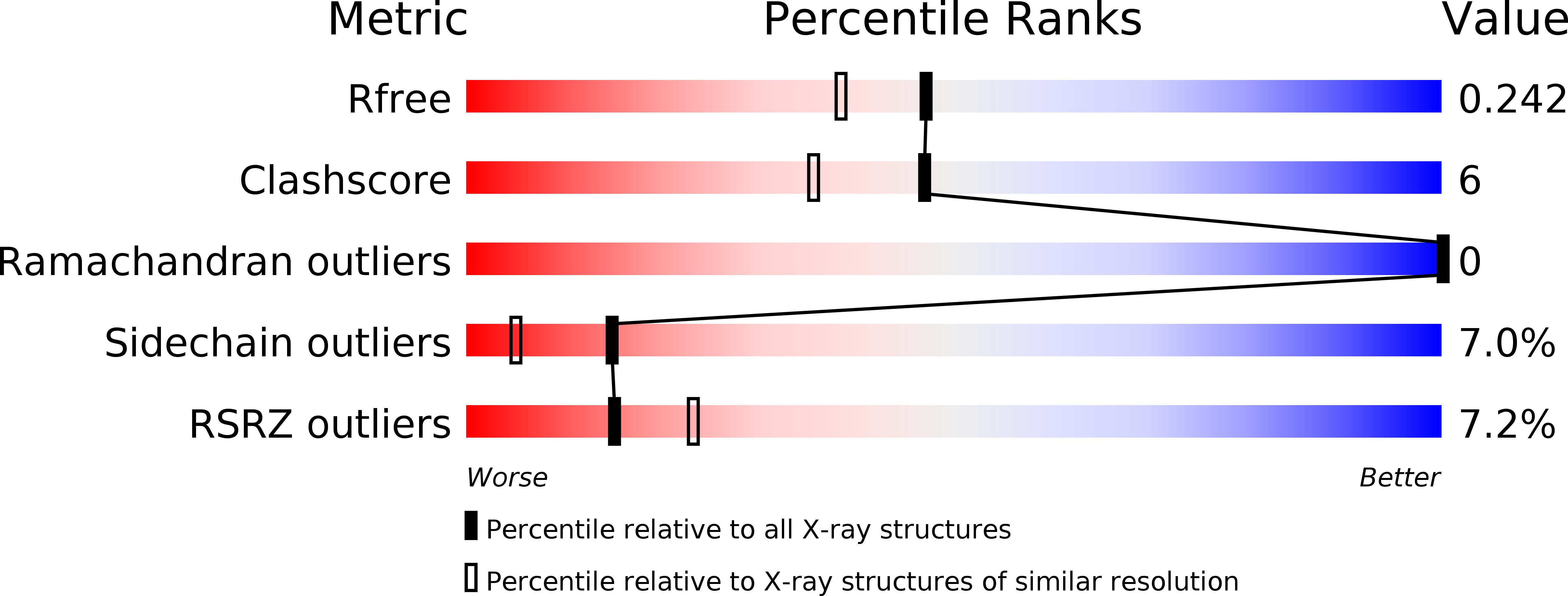
Deposition Date
2009-07-21
Release Date
2010-07-07
Last Version Date
2023-09-06
Method Details:
Experimental Method:
Resolution:
1.95 Å
R-Value Free:
0.24
R-Value Work:
0.20
R-Value Observed:
0.20
Space Group:
P 41 21 2


